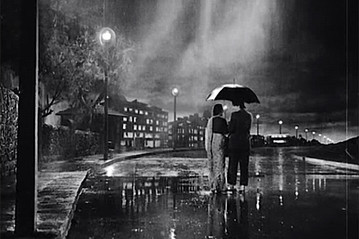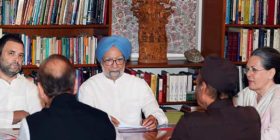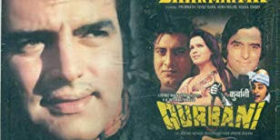If you saw Guru Dutt sulk in Pyaasa (The Thirsty, 1957) on the arrogance of the rich, you can blame it on the Nehruvian economic model that focused on industrialization with the Second Five-Year Plan that began in 1956. In the same year, we had a more optimistic Naya Daur (New Age),in which Dilip Kumar plays a tongawalla who takes on the threats posed by the arrival of the bus. The tonga-bus race in the movie set in the backdrop of a controversial road to link a remote village symbolizes the ambition of emerging India and took place long before Aamir Khan’s Lagaan (2001) that reinforced the confidence of nationalism through a fictional cricket match between Indian villagers and English rulers.
India unchained: frame by frame
As India’s film industry marks its centenary year, it pays to remember that that the budget is a face, and Bollywood is its mirror. When the finance minister sneezes, the world’s most frenetic film industry catches a cold – even if the impact is delayed.
What figures as India vs Bharat in budget debates gives us heady movie plots woven around the clash of values in a fast-changing India. As in Gaon Hamra Shaher Tumhara (The Village is Mine, the City is Yours, 1972). Director Manoj “Bharat” Kumar’s Upkar (1967) has a memorable scene in which the soldier’s gun and the farmer’s plough rest on each other near a village well to show Lal Bahadur Shastri’s famous wartime slogan of 1965, “Jai Jawan, Jai Kisan.”
Labour troubles and smuggling that took place amid the rise of socialist policies were hot themes in movies like Namak Haraam (1973) and Deewar (1975). The Angry Young Man that Amitabh Bachchan symbolized had something to do with a global surge in oil prices in 1973. Manoj Kumar’s Roti, Kapda Aur Makaan starring Bachchan released a year later, with a blockbuster song that wailed against mahangai (inflation).
When economic reforms were launched in 1991 in a foreign exchange scarce economy, the hero changed. In Hum Hain Rahi Pyar Ke (1993), Aamir Khan actually plays a garment exporter! Not long after, Shah Rukh Khan symbolized the savvy, ambitious, materialist yuppie in Yes, Boss (1997).
The rise of the non-resident Indian and India’s software and Internet boom did not escape Subhash Ghai. His 1999 movie, Taal, is about NRI tycoons, and in Yaadein (2001), Hrithik Roshan plays a “dotcom” entrepreneur.
Madhur Bhandarkar’s Corporate (2006) brought takeover battles to Bollywood. Today’s economics could well be shaping tomorrow’s culture.






Leave a reply